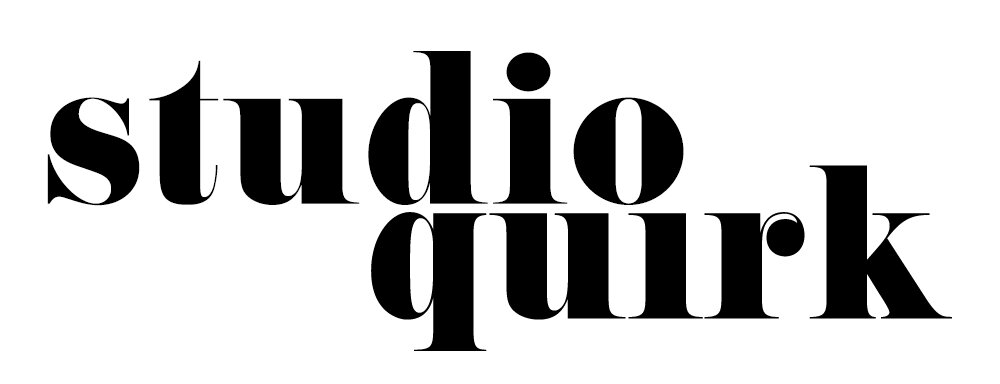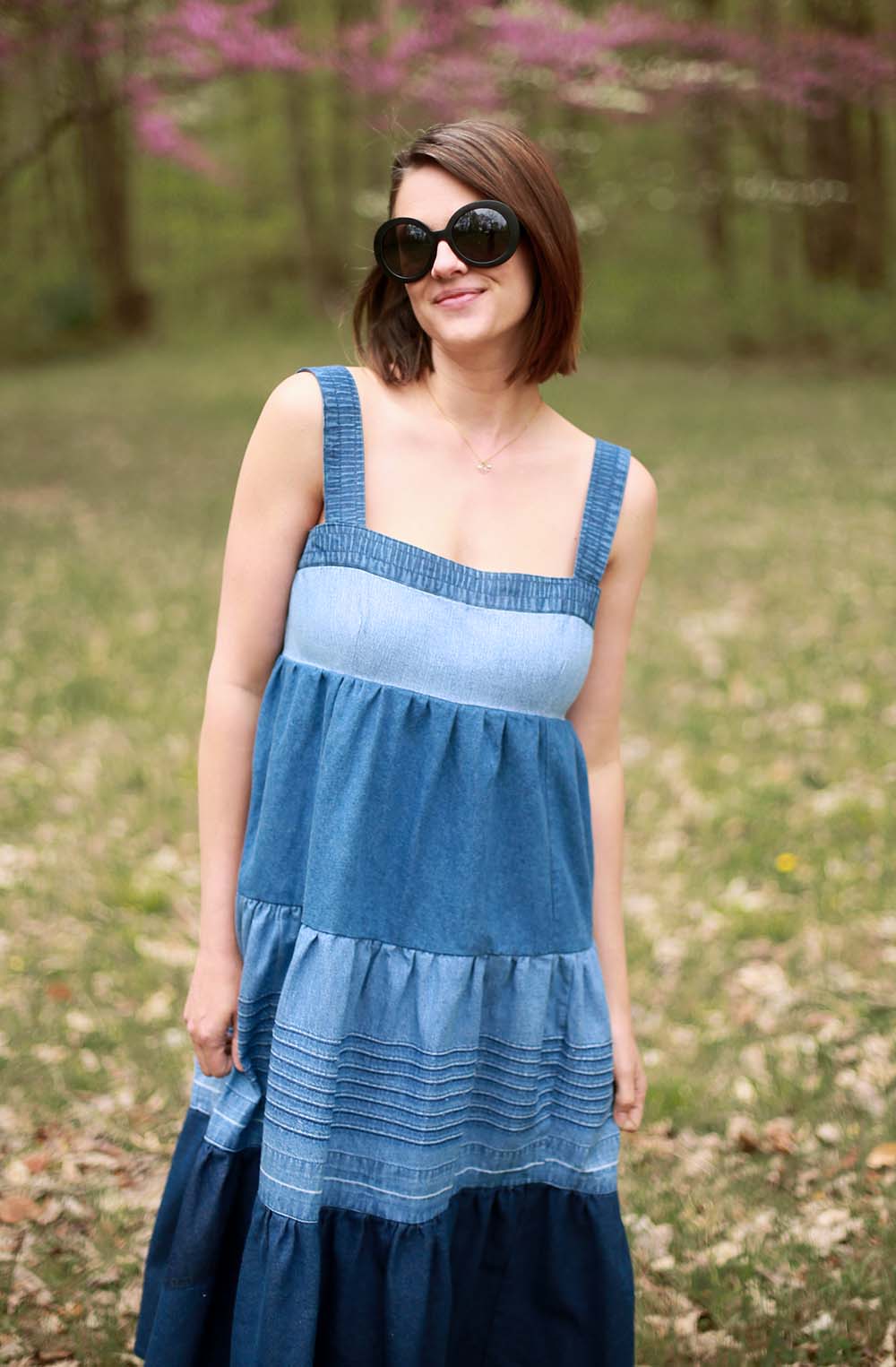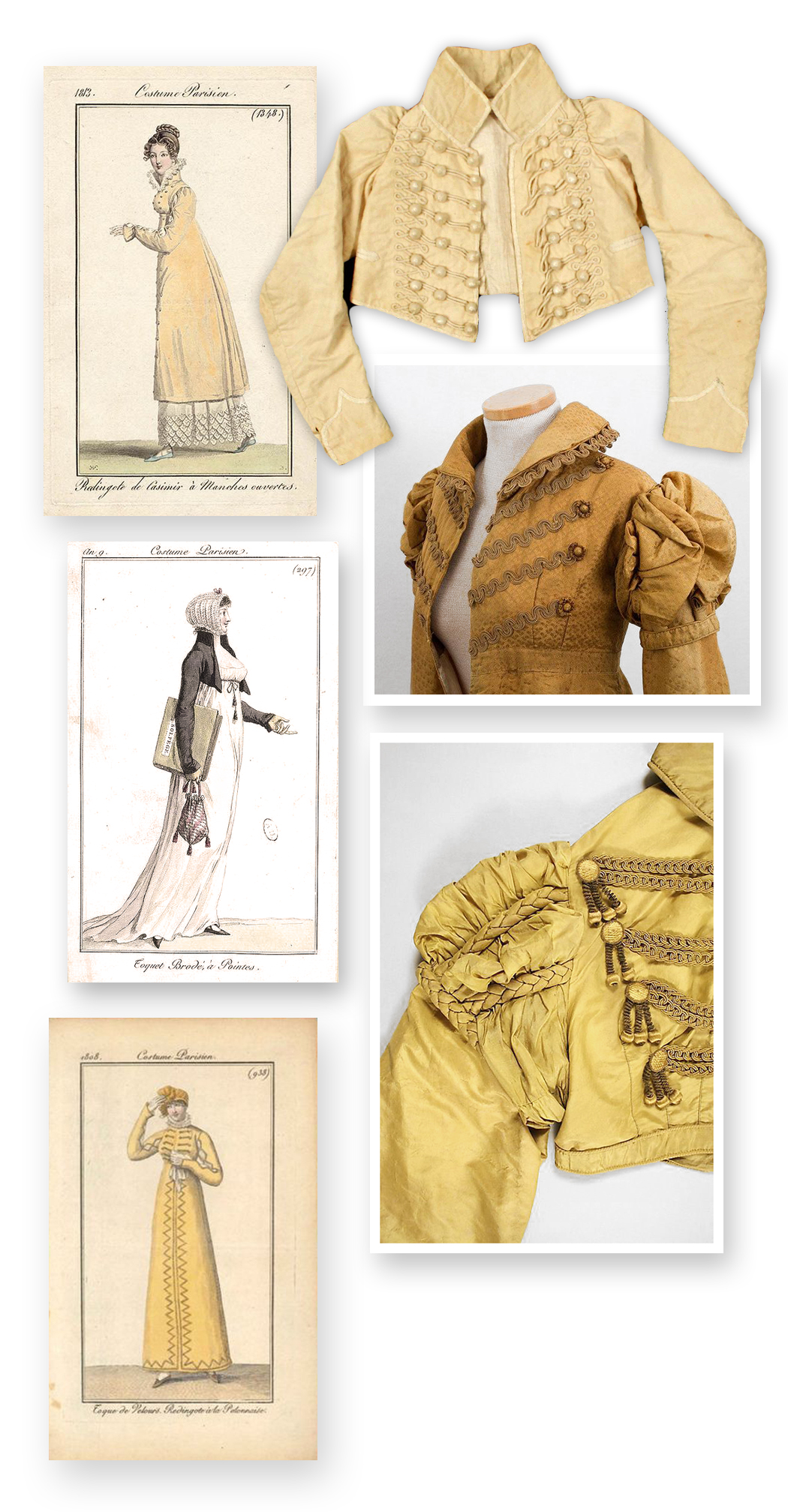Our Farmhouse | Toy Kitchen Makeover
/We’ve had this little toy Hape kitchen with us since Felix was a toddler. It’s cute enough but I’ve never been a huge fan of bright orange and red it felt better placed in the kids’ room instead of out in the main living space. Bea really likes playing house, so I thought I’d give the little toy kitchen a quick update (I started this morning, so under 4 hours total with drying time) and move it to the family room.
See also: Mama loves a makeover.
So here’s what I did: first I unscrewed all of the orange parts - two front handles and the kitchen ledge and cleaned them well. I found some matte black spray paint in the basement and gave them a few light coats outside.
Meanwhile, I removed the backsplash and painted it white (again, with what I had on hand). After dry, I got do to the fun part - painting on the tile (or more accurately, the grout lines!) I used a pencil to make a 1.25” grid and then “painted” in the grout using a black chalk marker. I’ve always wanted to do this layout with subway tile, so this little project is a fun way to envision it. I made sure to do my pencil strokes on the light side so a quick coat of white paint would cover up pencil marks.
Once I screwed this panel back on, I ran my black marker along the crease were it meets the countertop to give it a crisp, perfect finish. I got pretty lucky that my “tiles” fit perfectly. I love how the small scale makes them look realistic!
I wanted to do something about the red knobs, but they weren’t coming off easily to be spray painted. I tried some craft paint but it didn’t grab onto the lacquered finish - so I just used the chalk marker on that too.
Finally I spent way too much time styling it out. Those little wooden “vases” are napkin rings and I grabbed some of my faux plants to make it cute. There’s also a little iron owl trivet on there.
Guys - this project was easy, quick and totally free because I used supplies from my stash. Also a good way to get out my need to renovate and finish a space while my other projects are currently being demo’d.



























